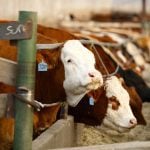
Tag Archives Agronomy

Cover crops offer big potential, pose bigger learning curve
It’s got easier to draw a crowd for a cover crop talk, but those looking for a one-size-fits-all solution will be disappointed

Scientists studying how to make poorer soils perform better
The work is in response to a growing problem of the loss of prime farmland to urbanization

What is 4R Nutrient Stewardship?
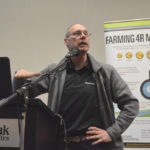
The phosphorus conundrum: low soil levels meet Lake Winnipeg pressures
Experts weigh in on managing low phosphorus levels in soil, while minimizing water health impact
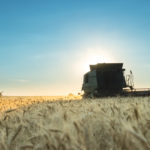
Food demand predictions could be inaccurate
Lots of people say food demand will double by 2050 — but some researchers say the numbers don’t add up

The benefits of a controlled traffic crop
Confining equipment traffic could pay production dividends
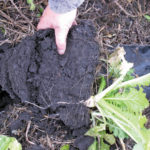
Season too short for cover crops? Maybe not
They could have a fit for Western Canada, but they require just as much planning as any other crop choice
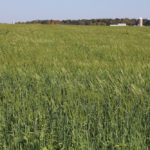
Cover crops driving planting and tillage innovation
Ontario farmers are on the cutting edge of adopting this technique in Canada
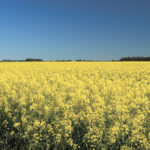
Crop management decisions balance agronomics, economics
Knowing your numbers is the foundation of good decision-making on your farm

More emphasis should be placed on soil health, MCDA speaker says
Cover crops, reduced tillage, crop and livestock diversity can all help reduce watershed challenges

